[最も欲しかった] nonessential amino acids 200101-Nonessential amino acids are made in the body
78 nonessential amino acids stock photos, vectors, and illustrations are available royaltyfree See nonessential amino acids stock video clips of 1 Try these curated collections Search for "nonessential amino acids" in these categories They include essential and nonessential amino acids The types are based on whether the body produces the acids naturally "Essential" amino acids must be consumed through dietary supplements or food Meanwhile, the body naturally produces the "nonessential" amino acids However, it's worth noting that it's possible to have aSynthesis of Nonessential Amino Acids • Most bacteria and plants (not mammals) synthesize all common amino acids • Nonessential amino acids for mammals are usually derived from intermediates of glycolysis or the citric acid cycle • Amino acids with the largest energy requirements are usually essential amino acids

Essential And Nonessential Amino Acids Barndad Nutrition
Nonessential amino acids are made in the body
Nonessential amino acids are made in the body- Examples for such amino acids include Phenylalanine, tyrosine, tryptophan Aliphatic amino acids These are ones that have aliphatic groups like CH2 in between carboxylic and an amine moietyThey are the ones excluding aromatic amino acids from the above list of both essential and nonessential onesAdding supplements of amino acids to media both stimulates growth and prolongs the viability of cells in culture MEM Nonessential Amino Acid Solution supplement adds nutrients and reduces the biosynthetic burden on cell in vitro MEM Nonessential Amino Acid Solution has been used in Dulbecco′s minimum essential media for the maintenance of mammalian cells



How Are The Nonessential Amino Acids Synthesized In Our Bodies Quora
Amino acid, nonessential An amino acid that can be made by humans and so is not essential to the human dietThere are 11 nonessential amino acids alanine, arginine, asparagine, aspartic acid, cysteine, glutamic acid, glutamine, glycine, proline, serine, and tyrosine Essential amino acids, also known as indispensable amino acids, are amino acids that humans and other vertebrates cannot synthesize from metabolic intermediates These amino acids must be supplied from an exogenous diet because the human body lacks the metabolic pathways required to synthesize these amino acids12 In nutrition, amino acids are classifiedNonessential amino acid definition is any of various amino acids that are required for normal health and growth, that can be synthesized within the body or derived in the body from essential amino acids, and that include alanine, asparagine, aspartic acid, cystine, glutamic acid, glutamine, glycine, proline, serine, and tyrosine
Nonessential amino acids are amino acids made by the body from essential amino acids or normal breakdown of proteins Of the standard amino acids, 12 are nonessential These are alanine, asparagine, aspartate, cysteine, glutamate, glutamine, glycine, proline, serine, tyrosine, arginine, and histidine The amino acids cysteine, tyrosine, histidine and arginine are consideredNonessential Amino Acids Amino acids which are produced or synthesised by our bodies and are not taken up as food supplements are called nonessential amino acids There are total amino acids common in all life forms and the nonessential amino acids out of these include arginine, alanine, aspartic acid, asparagine, cysteine, glutamine Functions of NonEssential Amino Acids Below is a list of the 12 nonessential amino acids with their functions and benefits, and side effects (if any) Alanine removes toxic substances released from breakdown of muscle protein during intensive exercise Side effects Excessive alanine level in the body is associated with chronic fatigue
Similar to many other nutritionally nonessential amino acids, glycine plays a very crucial role in controlling epigenetics Glycine has much important physiological function in humans and animals Glycine is precursor for a variety of important metabolites such as glutathione, porphyrins, purines, haem, and creatineDeprivation of branchedchain amino acids (BCAAs) induces insulinlike growth factor binding protein1 (IGFBP1) production in HepG2 cells, while the role of nonessential amino acids (NEAAs) remains unknown We investigated changes in IGFBP1 production and phosphorylation induced by NEAAs and alsoIn this video I tried my best to explain some of the facts regarding amino acids Amino acids are the base of biochemistry They are very crucial in many im




Corning 100 Ml Mem Nonessential Amino Acids 100x Amino Acids And Vitamins Cell Culture Supplements Media Sera And Reagents Life Sciences United States Consumer Site Corning
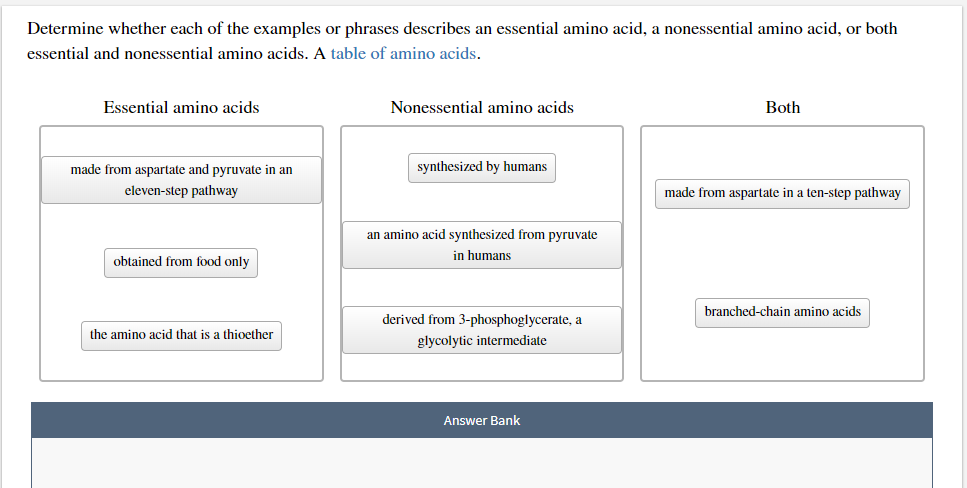



Solved Determine Whether Each Of The Examples Or Phrases Chegg Com
These amino acids play vital roles in the body There are amino acids and are divided into two essential and nonessential amino acids Essential Amino Acids And Their Functions Essential Amino Acids is a group of amino acids that can only be acquired through diet The best sources of these macronutrients are animalbased foods like poultryGlutamic acid and glycine were added to some diets as sources of nonessential amino acids (NEAA) All diets contained 1262 MJ metabolisable energy (AMEn)/kg The diets administered between 3 and 6 weeks were comparable to the starter diets, except that they contained more AMEn (1285 MJ/kg) and less protein 3 1 Essential amino acids cannot be produced in the body, essential amino acids need take from the diet are known for essential amino acid Nonessential amino acids are already synthesized by the body and no need to take these amino acids from diet 2 Essential amino acids should be taken from the daily diet
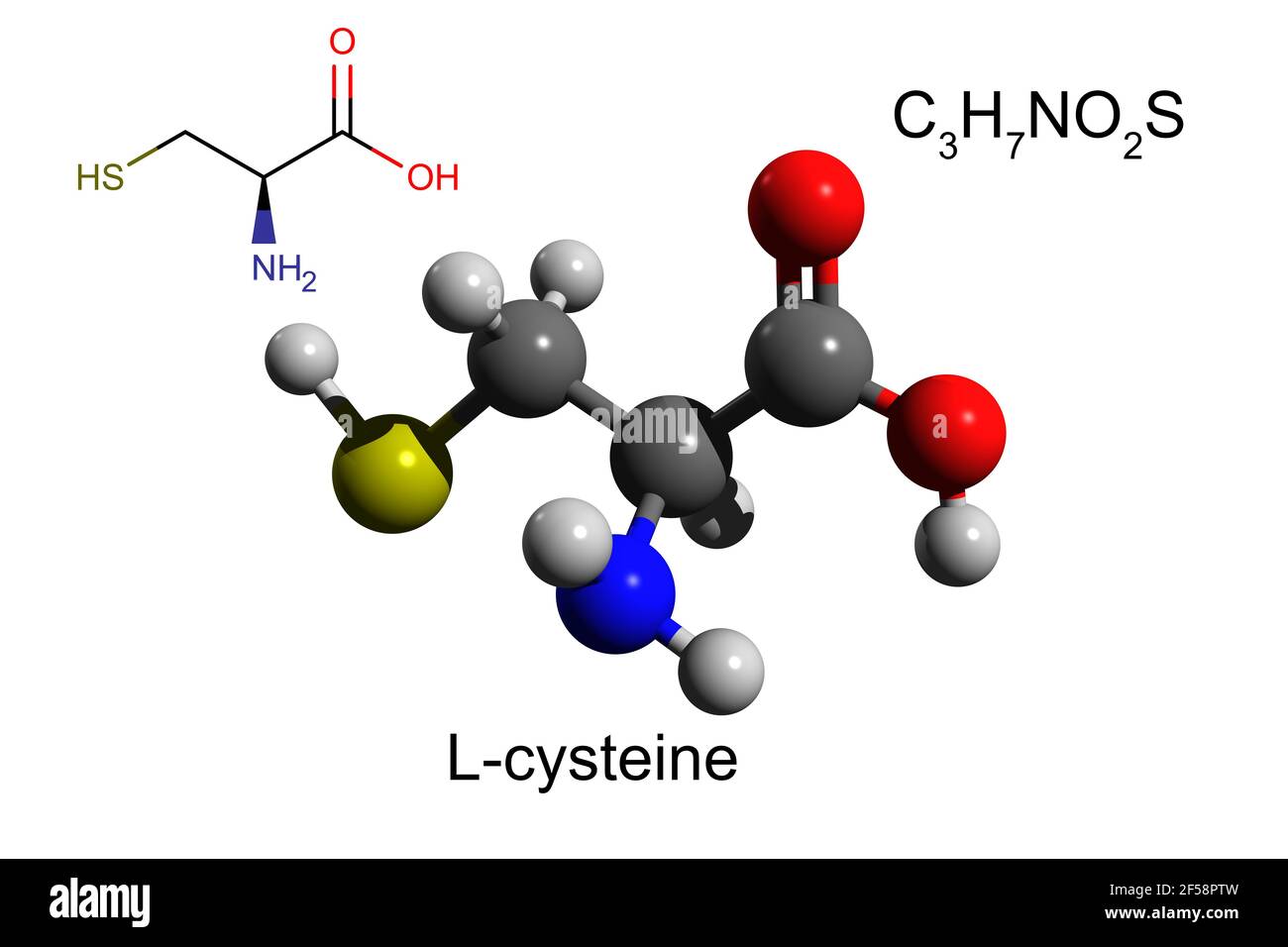



B Jerrftjyxqcm




Solved Humans Can Synthesize Nonessential Amino Acids From Chegg Com
Nonessential and essential amino acids mnemonic or memory tricks help students to remember amino acids and classify them in different categories on the basis of their varying side chains First, get some information about the amino acids and their types, then we will dive into the essential and nonessential amino acids mnemonicGibco® MEM NonEssential Amino Acids are used as a supplement for cell culture medium, to increase cell growth and viability Gibco® MEM NonEssential Amino Acids contains the same nonessential amino acids found in the standard Minimum Essential Medium (MEM) at a strength of 100X The complete formulation is available Dualsite cGMP Manufacturing and Quality System Of the 11 nonessential amino acids, eight are called conditional amino acids When you're sick or under significant stress, your body may not be able to produce enough of these amino acids to meet your needs The list of conditional amino acids includes arginine, glutamine, tyrosine, cysteine, glycine, proline, serine and ornithine




Nonessential Amino Acids Images Stock Photos Vectors Shutterstock



Is It Necessary To Include Non Essential Amino Acids In Our Diets Quora
An increased understanding of essential amino acid requirements has led to the ability to reduce dietary protein content while maintaining animal performance However, it is possible that nonessential amino acids/dietary nitrogen may become limiting in low protein diets A further understanding of how dietary protein/nonessential amino acid content influences aminoAsn NonEssential Definition of NONESSENTIAL AMINO ACIDS Nonessential means that our bodies produce an amino acid, even if we do not get it from the food we eat Nonessential amino acids include alanine, asparagine, aspartic acid, and glutamic acid Upgrade to remove adsThe aromatic amino acids phenylalanine, tryptophan, and tyrosine are included in the phosphoenolpyruvate family Phenylalanine and tryptophan are essential amino acids;
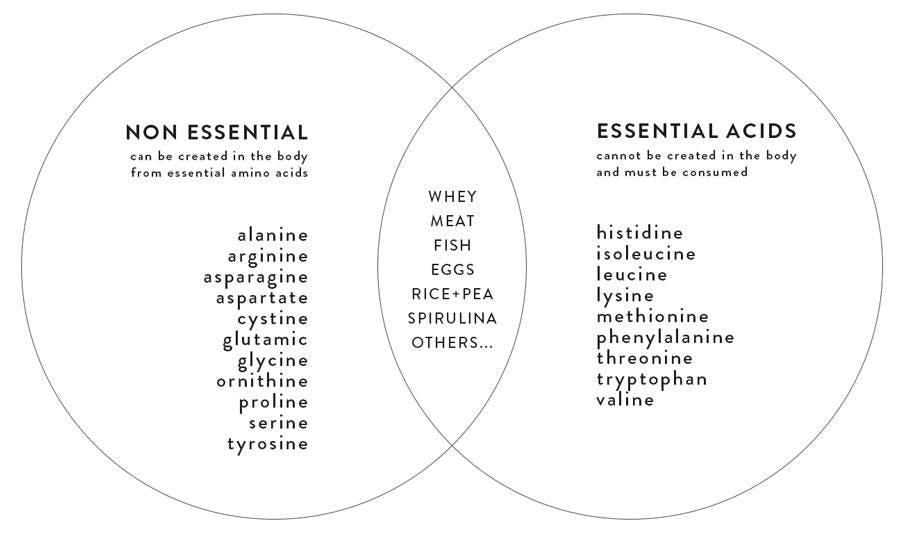



The 9 Essential Amino Acids What Are They And Why Do We Need Them Bare Blends




Difference Between Essential Non Essential Amino Acids
Number of Amino Acids 9 amino acids out of are thought to be essential 11 of the amino acids are nonessential Sources As the definition implies, essential amino acids have to be acquired through food – such as soy, quinoa, egg, chicken, meat or vegetable protein Are produced within the body from other amino acids and other componentsTyrosine is a nonessential amino acid Tyrosine Phenylalanine serves as the precursor for tyrosine The reaction is catalyzed by biopterindependent phenylalanine hydroxylaseFind non essential amino acids and related products for scientific research at MilliporeSigma




Essential And Non Essential Amino Acids In The Flesh Of L Vannamei Download Table



1
Protein is incredibly important when it comes to your health It makes up the structure of your bones, muscles and skin and is used to build tissues andAmino acids are white crystalline solid substances In taste, few Amino acids are sweet, tasteless, and bitter Most of the amino acids are soluble in water and are insoluble in organic solvents Essential and Nonessential Amino Acids Out of amino acids, our body can easily synthesize a few on their own and are called nonessential amino acids Essential and nonessential amino acids are crucial for the muscle building and repair process Animal protein provides is a complete source of protein, providing an abundance of all essential and nonessential amino acids Since essential amino acids are not naturally produced by the body, you must obtain them from food or supplements




Nonessential Amino Acid An Overview Sciencedirect Topics



Amino Acid Biosynthesis
The nonessential amino acids include amino acids like glycine, proline, glutamine, asparagine, glutamic acid, aspartic acid, ornithine, and aspartate Because nonessential amino acids are not required in the foods we eat, they are also referred to as dispensable amino acidsIn this video I discuss the basics of what are complete proteins and incomplete proteins, and what essential and non essential amino acids are I also discuNonessential amino acids are amino acids that the body produces Amino acids bond to each other to create long protein chains Every cell in the human body depends on these protein chains for survival There are a total of 12 nonessential amino acids synthesized in the body alanine, arginine, asparagine, aspartic acid, cysteine, glutamic
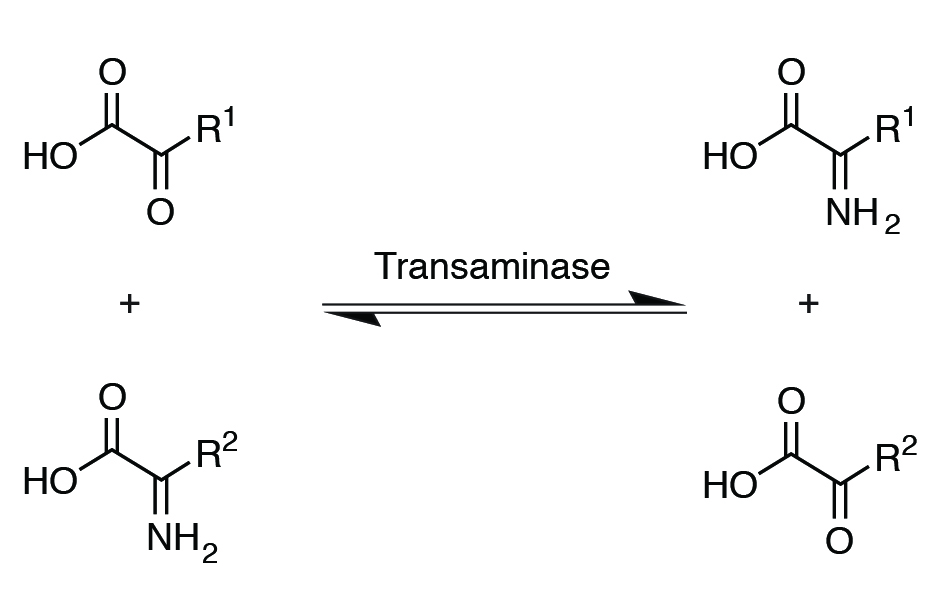



Xi Proteins Metabolism A Guide To The Principles Of Animal Nutrition



Difference Between Essential And Nonessential Amino Acid Difference Between
The difference between essential and nonessential amino acids is that the former is not be created by an organism's body itself, whereas the latter is synthesized by the body on its own The two also vary in their roles, sources, number, and so on The amino acid that an organism's system cannot produce is known as an essential amino acidNonessential amino acids can be synthesized in the body, whereas essential amino acids must be obtained in the diet Cells in the body can provide the carbon skeleton of the nonessential amino acids These carbon skeletons come from intermediates of the glycolytic pathway and from intermediates in the Citric Acid Cycle (Tricarboxylic Acid Cycle or the Kreb's Cycle)An essential amino acid, or indispensable amino acid, is an amino acid that cannot be synthesized from scratch by the organism fast enough to supply its demand, and must therefore come from the diet Of the 21 amino acids common to all life forms, the nine amino acids humans cannot synthesize are phenylalanine, valine, threonine, tryptophan, methionine, leucine, isoleucine,




2 Essential And Nonessential Amino Acids Download Table
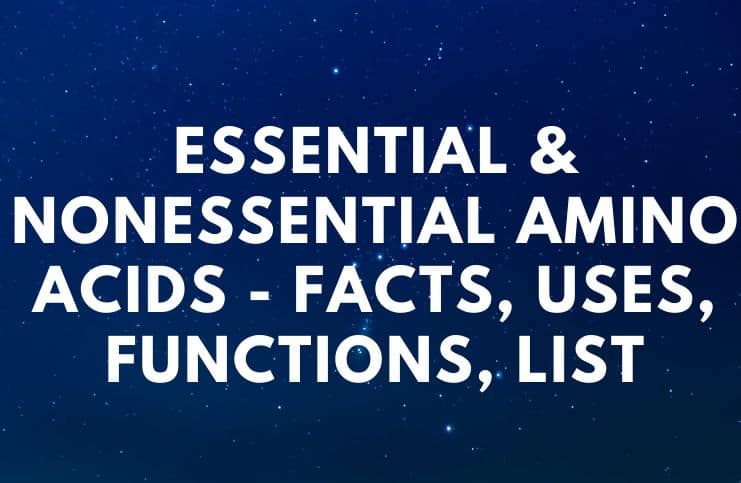



Essential Nonessential Amino Acids Facts Uses Functions List
Amino acids are classified into two general types essential and nonessential amino acids Essential amino acids are those that can not be synthesized by the body on its own and thus need to be acquired through your diet Nonessential amino acids are those that your body can produce, specifically by the liver, without any outside help The 9 essential amino acids are histidine, isoleucine, leucine, lysine, methionine, phenylalanine, threonine, tryptophan, and valine Nonessential means that our bodies can produce the amino acid, even if we do not get it from the food we eatMEMNEAA, 100X Quality Biological MEM NEAA contains the same nonessential amino acids found in the standard MEM, at a strength of 100 MEM NEAA 100X can be used to enhance cell growth and prolong the viability of cells in culture 100X of Nonessential amino acids MEM NEAA 100X is commonly used as a supplement to minimal Compare this item



Difference Between Essential And Nonessential Amino Acids



Amino Acid Types Biochemistry Flashcards Draw It To Know It
Nonessential amino acids do not need to come from the diet Although there are hundreds of amino acids found in nature, only about amino acids are needed to make all the proteins found in the human body Per the article, it bears mentioning that there is another amino acid considered to be the 21st acid selenocysteine Amino acids can be called the "building blocks" of protein and are an important part of every human body There are different amino acids – nine of which are called "essential" and 11 of which are labeled as "nonessential" The human body needs all of these amino acids, in varying degrees, to be healthy and fully functionalGlutamic acid is very important in the synthesis of glutamine and arginine, two nonessential amino acids that we have previously discussed And, in addition to complementing the functions of aspartic acid, it forms proteins vital for cognitive development, the stimulation of learning and memory, and the maintenance of brain health 10 Proline




Amino Acids Everything You Need To Know Essential Amino Acids Nonessential Amino Acids Too Kindle Edition By Paul James Health Fitness Dieting Kindle Ebooks Amazon Com




Structure Of Protein And Essential Non Essential Amino Acids
Nonessential and Essential Fatty Acids Fatty acids are vital for the normal operation of all body systems The circulatory system, respiratory system, integumentary system, immune system, brain, and other organs require fatty acids for proper function The body is capable of synthesizing most of the fatty acids it needs from foodAnswer (1 of 3) The amino acids do not have acronyms Even polypeptides don't Oxytocin is a nonapeptide neurotransmitter (nine monomers) It is CYIQNCPLG But that's not an acronym like LASER or RADAR or PCRit's the primary sequence IfNonessential amino acids (NEAA) This medium can be further modified by eliminating calcium to facilitate growth of cells in suspension cultures C985F35, C985F36, C985F37 and C985F38 is Minimum Essential Medium Eagle with Earle's balanced salts and nonessential amino acids




Overview Of Amino Acid Biosynthesis Youtube




Essential Nonessential Amino Acids Difference Roles Video Lesson Transcript Study Com
Amino acids are classified as essential and nonessential, with each having specific roles and functions in the body Learn about the differences between essential and nonessential amino acids and Your body further uses nonessential amino acids for hormone synthesis The big difference between essential and nonessential amino acids is this given enough protein, your body can usually create all 11 nonessential amino acids by itself While nonessential amino acids in your diet or supplements can be helpful, they are not strictly necessary Nonessential amino acids are amino acids made by the body from essential amino acids or normal breakdown of proteins Of the standard amino acids, 12 are nonessential These are alanine, asparagine, aspartate, cysteine, glutamate, glutamine, glycine, proline, serine, tyrosine, arginine, and histidine




Amino Acid Oxidation And The Production Of Urea Ppt Download




Difference Between Essential And Non Essential Amino Acids Compare The Difference Between Similar Terms
Some nonessential amino acids like glutamine and arginine, for example, can regulate gene expression and cell signaling pathways, respectively Other nonessential amino acids help to control the Essential and nonessential amino acids The amino acids that make up proteins are conventionally classified as essential or nonessential Essential or indispensable amino acids are not synthesized by the pig and must be supplied in the diet, whereas nonessential or dispensable amino acids are synthesized by the pig using nitrogen provided by proteins in the diet




Solved Humans Can Synthesize Nonessential Amino Acids From Chegg Com




Pdf Non Essential Amino Acids Play An Important Role In Adaptation Of The Rat Exocrine Pancreas To High Nitrogen Feeding Semantic Scholar




08 Biosynthesis Of Nonessential Amino Acids Flashcards Quizlet




137 Synthesis Of Essential Amino Acids Youtube




Loss Of Peripheral Synthesis Of Nonessential Amino Acids Neaas Download Scientific Diagram
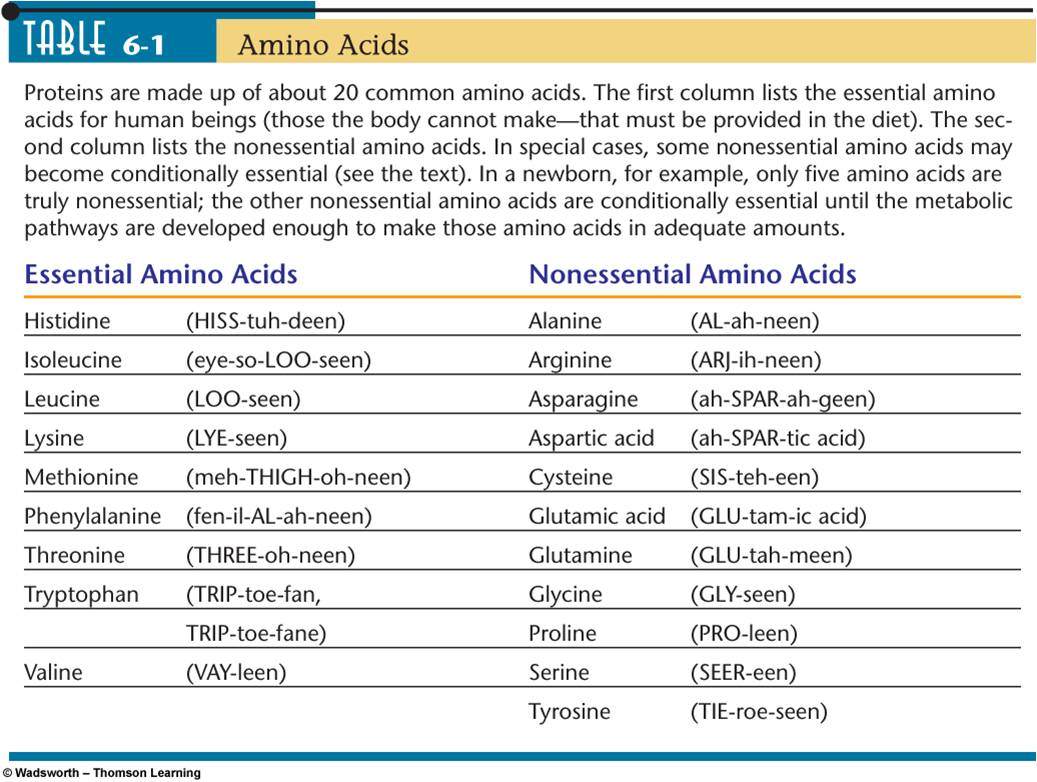



Protein Biology4isc




136 Synthesis Of Nonessential Amino Acids Youtube



Difference Between Essential And Nonessential Amino Acids
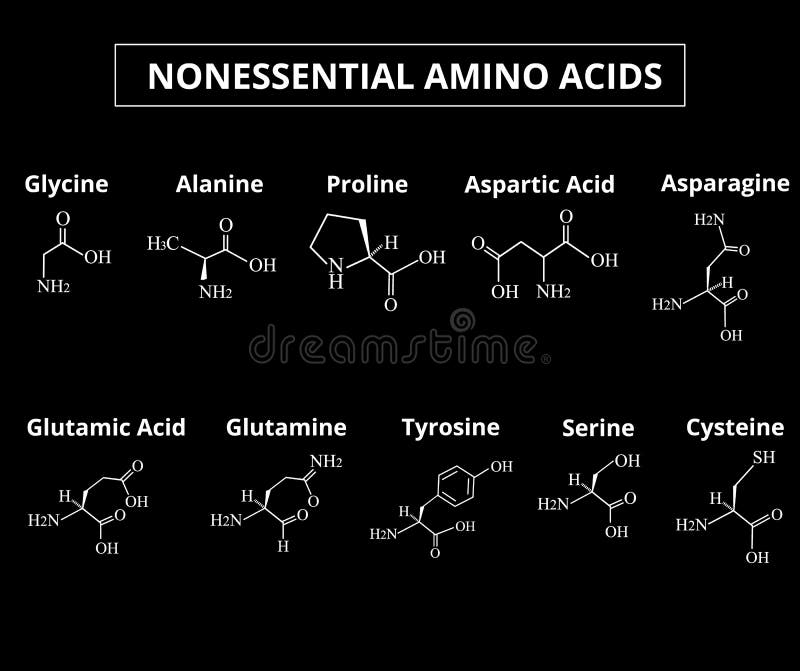



Nonessential Amino Acids A Set Of Amino Acids Chemical Molecular Formulas Of Amino Acids Vector Illustration On Stock Vector Illustration Of Vitamins Peptide




What Are Essential And Non Essential Amino Acids




Mead Johnson Wnd 2 Non Essential Amino Acid Free Powder Medical Food




Understanding Non Essential Amino Acid Function Nutrition Vitamins And Minerals



How Are The Nonessential Amino Acids Synthesized In Our Bodies Quora




The Big Picture Of Protein Metabolism Gladys Kaba



2



Amino Acids Food Nutrition Needs Body Diet Protein Fat Nutrients




Essential And Nonessential Amino Acids Download Table




2 2 Structure And Function Amino Acids Introductory Biochemistry




Nonessential Amino Acid An Overview Sciencedirect Topics




Essential And Non Essential Amino Acid Youtube




Essential Vs Nonessential Amino Acids




100x Non Essential Amino Acids Sciencell Research Laboratories




Difference Between Essential And Nonessential Amino Acids




Amino Acids The Body S Building Blocks Of Protein




Nutritionally Essential And Nonessential Amino Acids For Fish And Other Download Table



Difference Between Essential And Nonessential Amino Acid Difference Between




Essential Amino Acids The Mata Vational Health Fitness Blog




What Are Amino Acids Mondoscience



1




Amino Acid Degradation And Synthesis Essential And Nonessential Aminoacids Glucogenic And Ketogenic Amino Acids One Carbon Metabolism Degradation Of The Ppt Download




Non Proteinogenic Amino Acids Wikipedia



What Are Some Mnemonics For Amino Acids Quora




Biosynthesis Of The Nutritionally Nonessential Amino Acids Basicmedical Key




X0557 Mem Non Essential Amino Acids 100x W O L Glutamine Bme Mem Concentrate Amino Acids Vitamins Neaa Biowest
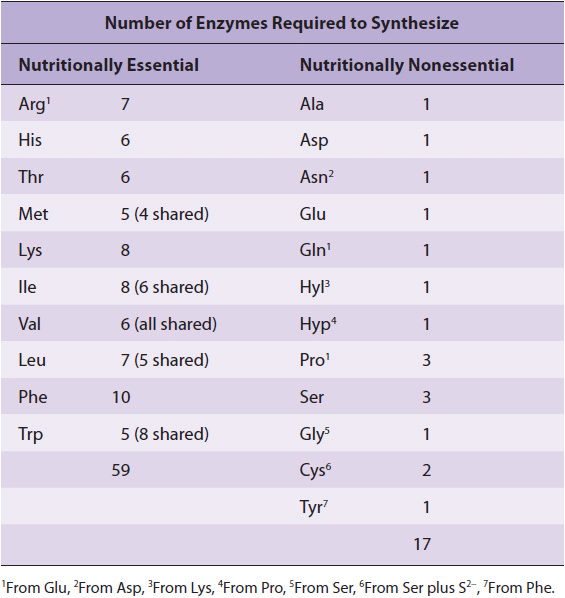



Biosynthesis Of The Nutritionally Nonessential Amino Acids Basicmedical Key



Essential And Non Essential Amino Acids Biology



Difference Between Essential And Nonessential Amino Acids




Parenteral Essential Amino Acid Eaa And Nonessential Amino Acid Download Table




Mem Non Essential Amino Acids Solution 100x
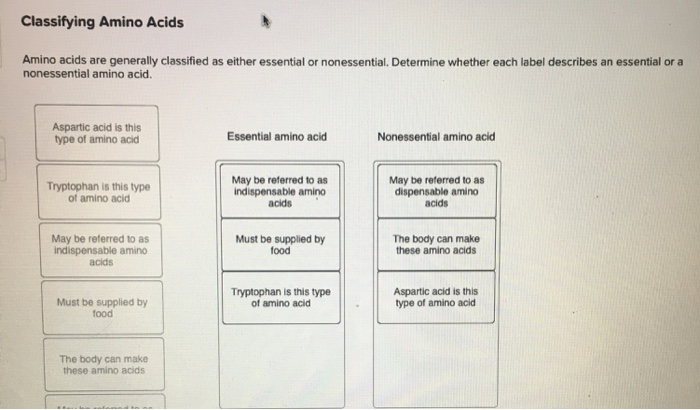



Solved Classifying Amino Acids Amino Acids Are Generally Chegg Com




Essential And Non Essential Amino Acids In Neonatal Nutrition Semantic Scholar




Trick To Learn Examples Of Essential Aminoacids And Non Essential Amino Acids Biomolecules Youtube




Essential Non Essential And aa Amino Acid Chart




Biochem Lec 18 Amino Acid Metabolism Flashcards Quizlet




What Are Amino Acids Definition Structure Video Lesson Transcript Study Com



1




Subdivision Of Amino Acids Into Non Essential Essential And So Called Download Scientific Diagram



Difference Between Essential And Nonessential Amino Acid Difference Between




Neet Ug Essential Non Essential Amino Acids And Types Of Protein In Hindi Offered By Unacademy




What Are Essential And Non Essential Amino Acids




Nutritionally Essential And Nonessential Amino Acids For Fish And Other Download Table




A Nonessential Amino Acid Is One That Essential Amino Acid




Solved Humans Can Synthesize Nonessential Amino Acids From Chegg Com




Essential And Nonessential Amino Acids Barndad Nutrition




1 List Of Essential And Nonessential Amino Acids Download Table




What Are Essential And Non Essential Amino Acids




Nonessential Amino Acid An Overview Sciencedirect Topics




I Honestly Don T Get This Whole Amino Acid Thing What Are All The Essential And Nonessential Amino Acids And Do We Need Them If They Are Nonessential And Why Are The Essential
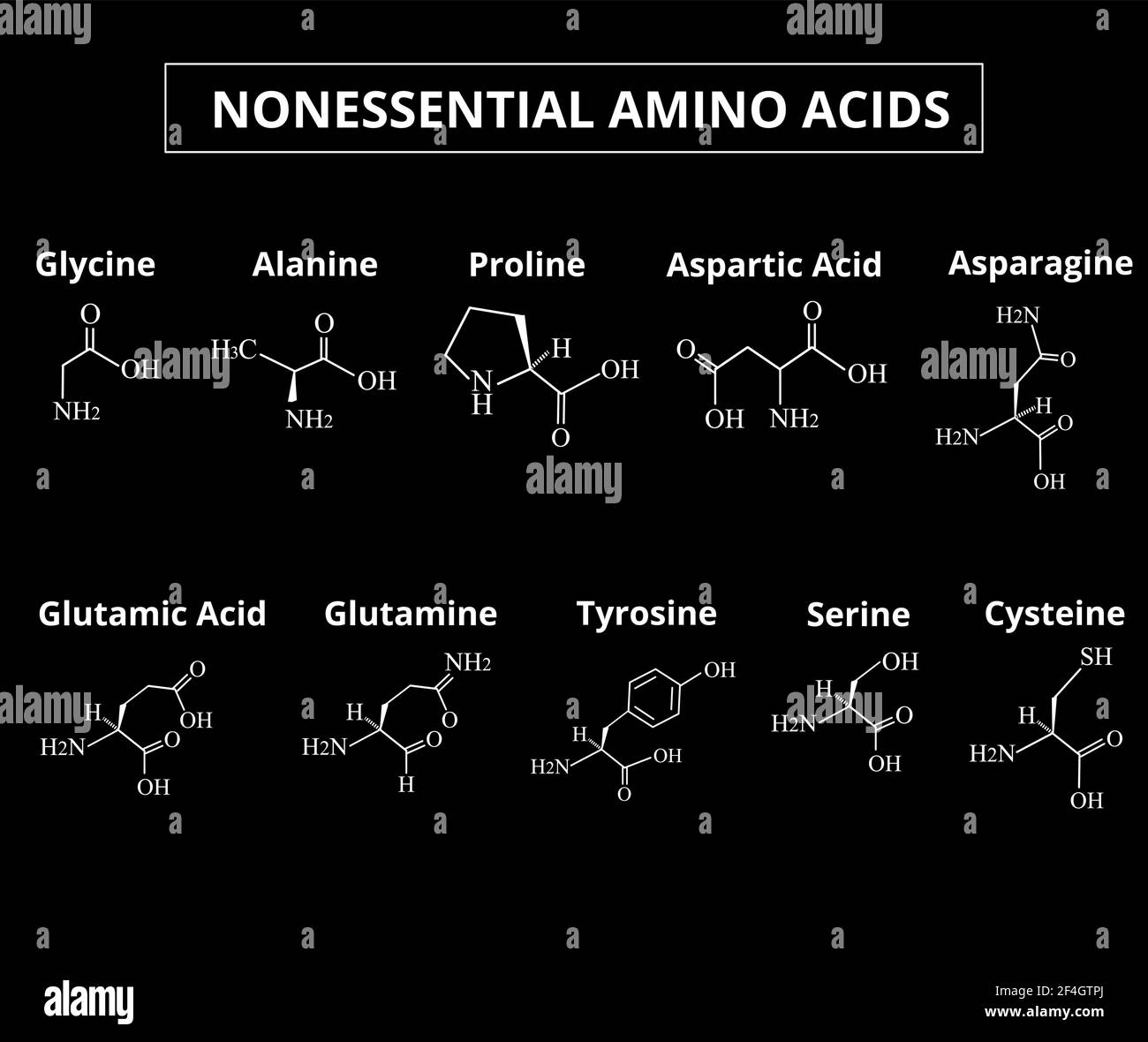



Nonessential Amino Acids A Set Of Amino Acids Chemical Molecular Formulas Of Amino Acids Vector Illustration On Isolated Background Stock Vector Image Art Alamy




Did You Know That There Are Nonessential Amino Acids




Essential Non Essential And aa Amino Acid Chart




Essential And Non Essential Amino Acid Biomolecules Ncert Tricks स य द कर 3 म नट म Easily Youtube
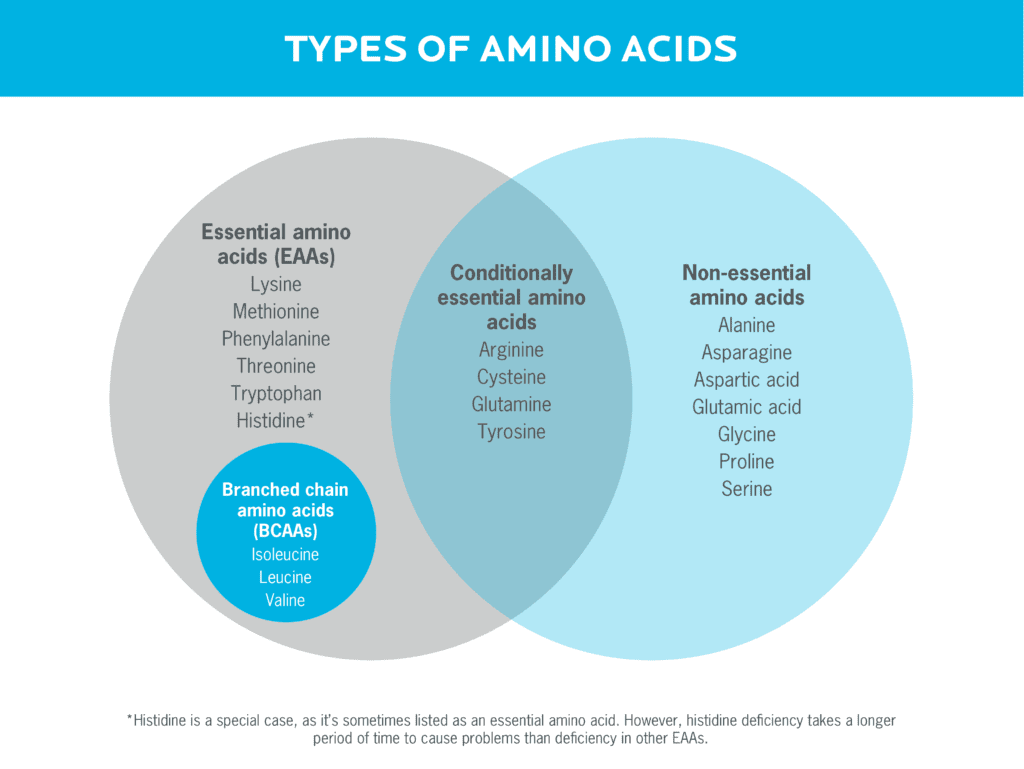



The Benefits Of aas Are They Right For You Precision Nutrition




Mem Nonessential Amino Acids Corning Vwr




Nonessential Amino Acid An Overview Sciencedirect Topics




Mem Nonessential Amino Acids 100x Capricorn Scientific
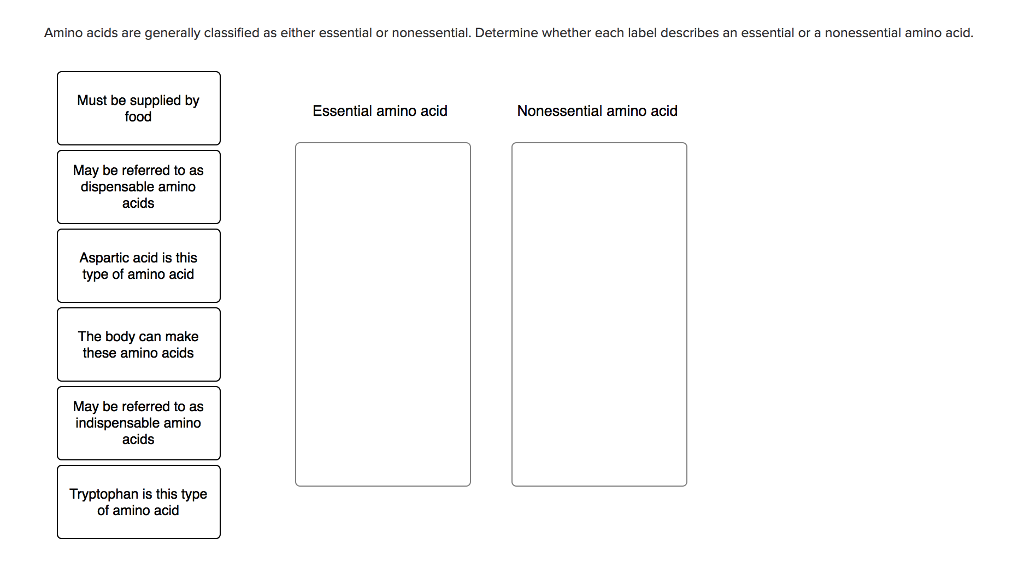



Solved Amino Acids Are Generally Classified As Either Chegg Com




Biosynthesis Of The Nutritionally Nonessential Amino Acids Ppt Download




Essential Vs Nonessential Amino Acids




Solved Humans Can Synthesize Nonessential Amino Acids From Chegg Com




Amino Acid Degradation And Synthesis Essential And Nonessential Aminoacids Glucogenic And Ketogenic Amino Acids One Carbon Metabolism Degradation Of The Ppt Download




What Are Amino Acids Essential Nonessential Conditional Types



1




Differentiate Between Essential And Non Essential Amino Acids Cbse Biology Class11 16 Amino Acids Differentiation Biology




Cancers Free Full Text The Diverse Functions Of Non Essential Amino Acids In Cancer



2




Essential Amino Acids Vs Nonessential Amino Acids Archives Pediaa Com




The Essentials Of Nonessential Amino Acids The Amino Company




Amino Acids Bioninja




Essential Vs Nonessential Amino Acids Let S Break It Down Gainful
![[最も欲しかった] nonessential amino acids 200101-Nonessential amino acids are made in the body](https://i.ytimg.com/vi/23ZaZjSx7U0/default.jpg)
No comments: